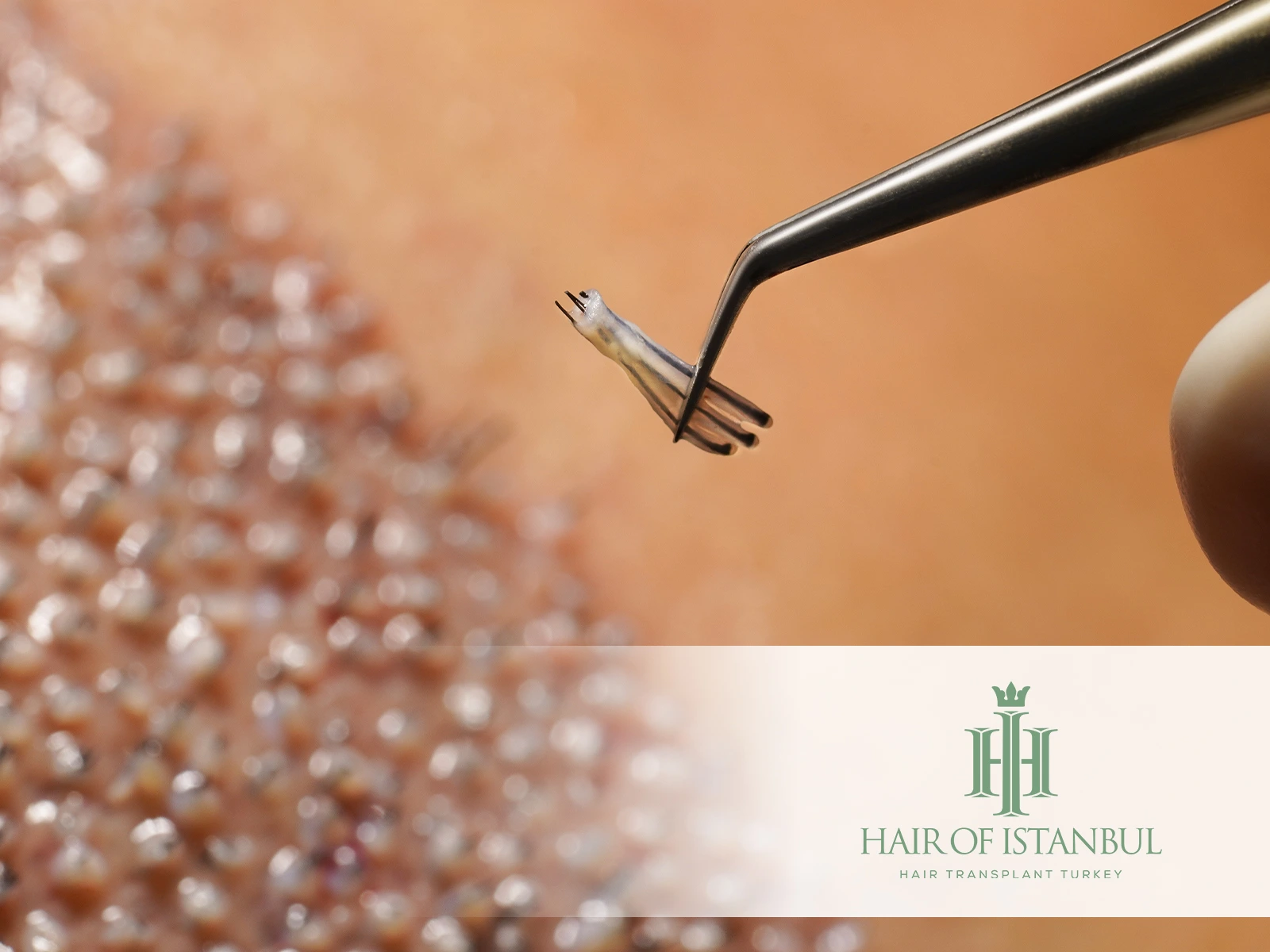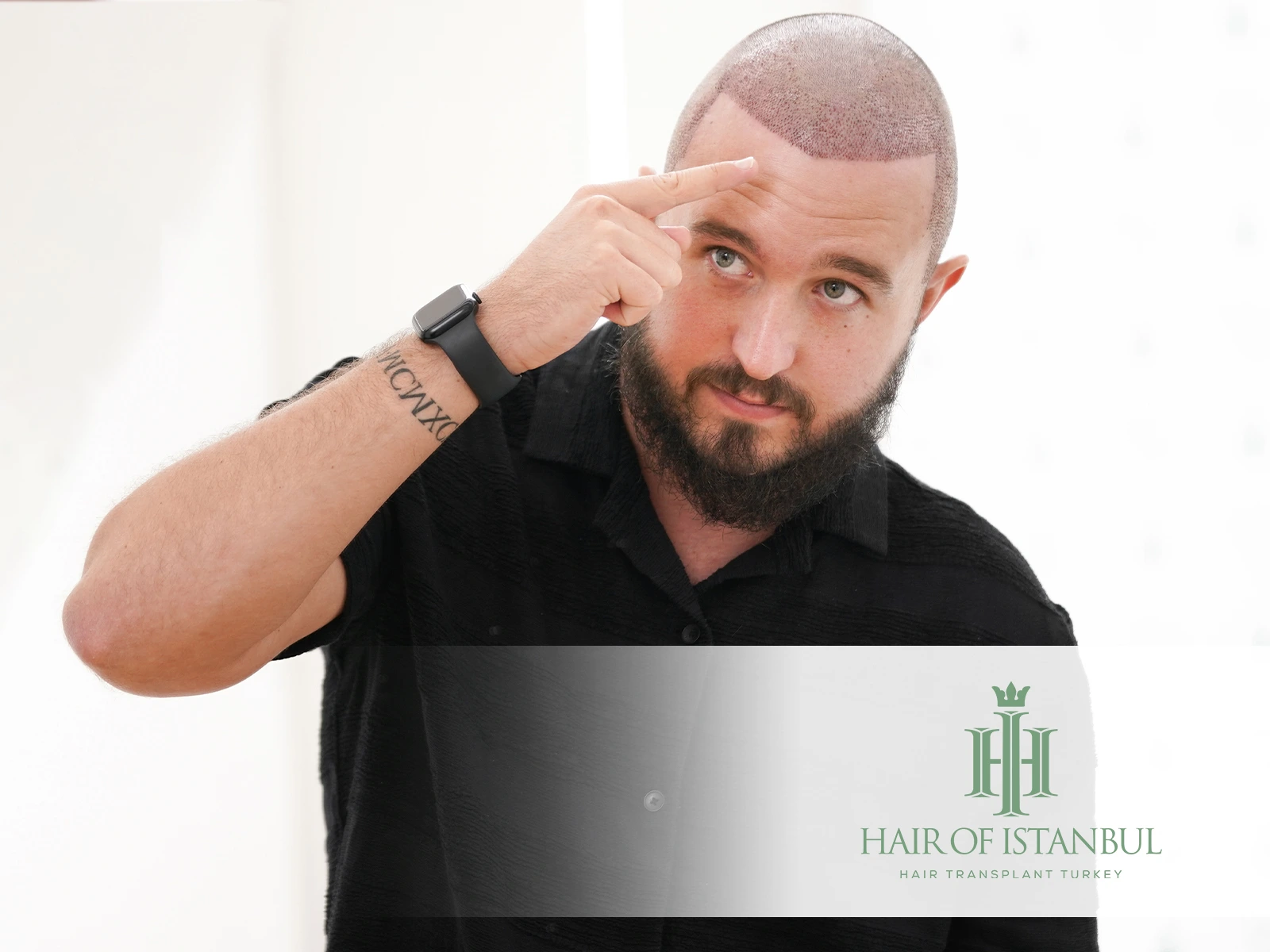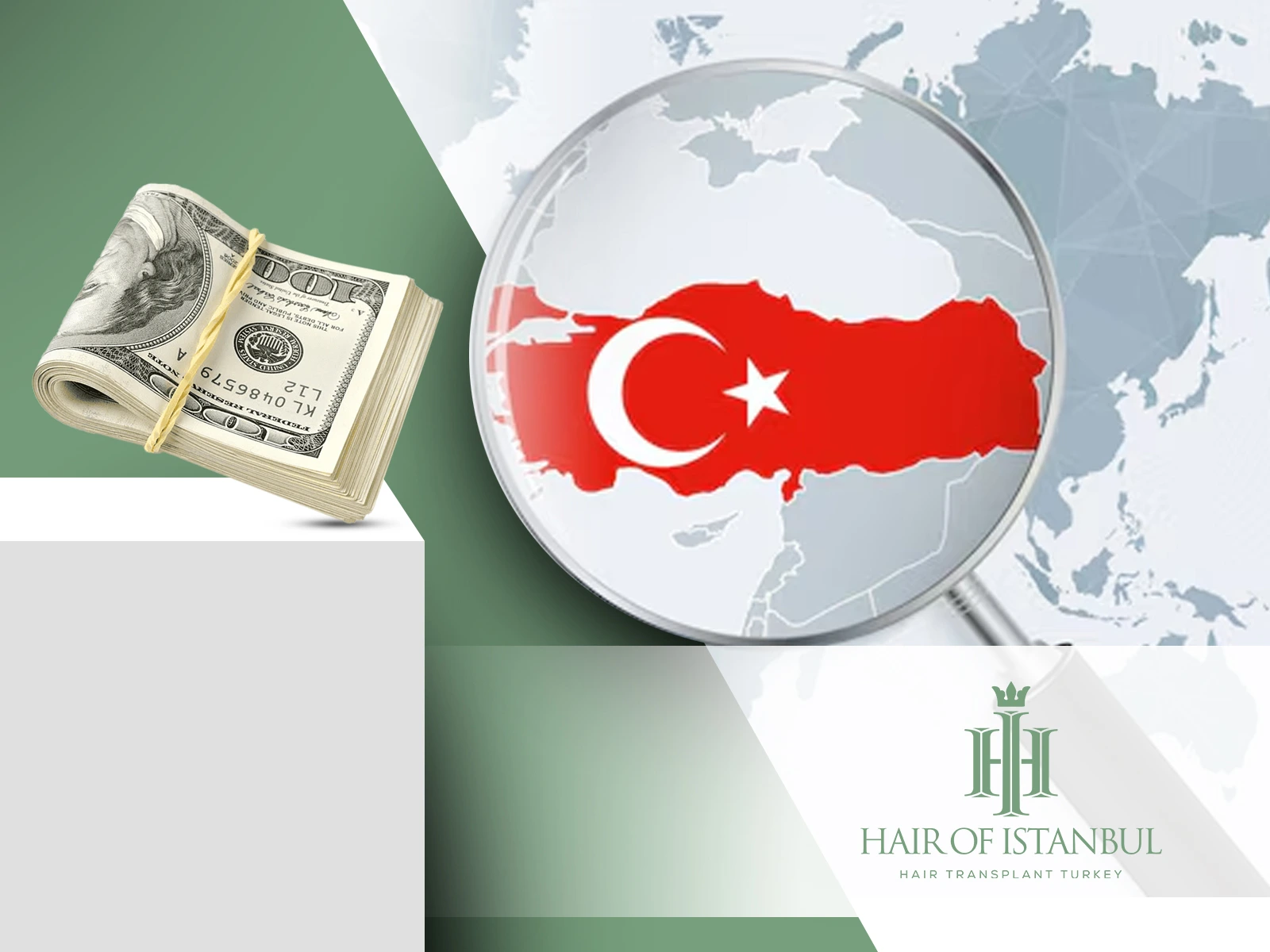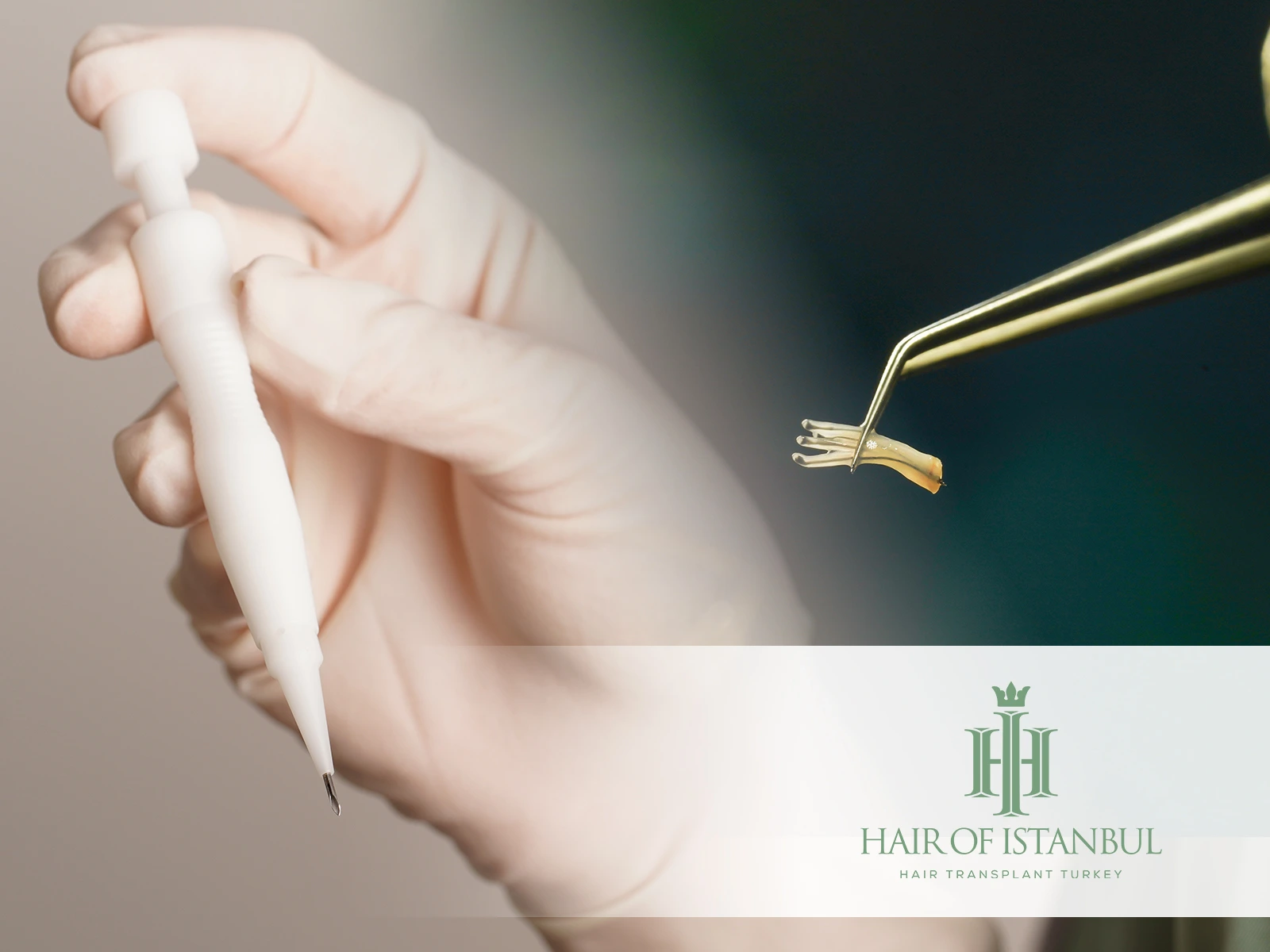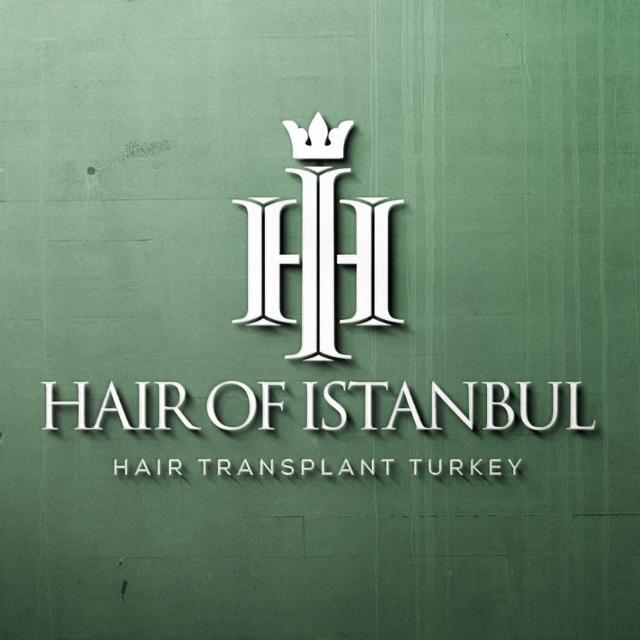Which Season is the Best for Hair Transplant? Timing It Right!
Embarking on the journey of a hair transplant is a decision that intertwines with the rhythms of the seasons. While the procedure’s success hinges on the skill of the surgeon, the time of year can play a subtle yet significant role in the healing and comfort of the patient.
Each season, with its unique characteristics, brings its own set of considerations. Understanding these nuances ensures not only a smoother recovery but also sets the stage for the most favorable outcomes. Dive into the following sections where we unravel the complexities of choosing the optimal time for this life-enhancing procedure.
Which Month Is Better For Hair Transplant?
When contemplating a hair transplant, timing can be as crucial as the procedure itself. Though the season might not directly influence the surgery’s success, it significantly impacts the healing phase.
The scalp’s exposure during recovery makes the choice of month vital. November and December emerge as ideal candidates for this procedure. These months, with their milder climate, offer a conducive environment for recovery, shielding the sensitive scalp from the extreme conditions of summer or winter.
Cooler temperatures reduce the risk of discomfort and complications, ensuring a smoother healing journey. It’s a period when nature’s gentleness aligns with the needs of a healing scalp, making these months the preferred choice for embarking on the transformative journey of a hair transplant. [1]
Is Summer Good For Hair Transplant?
While the summer months see an upswing in hair transplant procedures, largely due to vacation breaks allowing for recovery time, experts often advise against choosing this season. Summer’s intense sunlight and heat can be detrimental to the sensitive scalp post-surgery. It’s crucial to weigh these factors when scheduling your procedure to ensure optimal results and a smoother healing process.
Is Winter Good For Hair Transplant?
Opting for a hair transplant during winter comes highly recommended by many specialists. The cooler climate aids in a more comfortable recovery phase, as the scalp remains sheltered from the harsh summer sun. This season offers a conducive environment for healing, minimizing the risk of complications and enhancing the overall success of the transplant. [2]
Also Read: Tubes Hair Transplant: Unveiling Peter Dale’s Hair Journey
When Does Hair Growth Peak After a Hair Transplant?
Post-transplant, the journey to full hair growth is gradual yet rewarding. Visible changes start to emerge between the 6th and 8th month mark. Adherence to the surgeon’s aftercare instructions is pivotal.
By the time 8 to 12 months have passed, most patients can celebrate reaching the pinnacle of their hair regrowth, witnessing the most impressive outcomes. [3]
Is Hair Transplant Better In Summer Or Winter?
Selecting the appropriate season for a hair transplant is pivotal, as it greatly influences the healing process and overall comfort. Winter is often preferred due to the indoor recovery environment it naturally encourages.
This season’s cooler climate contributes significantly to a tranquil and conducive recovery phase. Please refer to the detailed comparison table below for an in-depth understanding of the pros and cons of undergoing a hair transplant in each season.
| Aspect | Summer | Winter |
| Outdoor Exposure | Higher exposure to sunlight can hinder the healing process. | Limited exposure to harsh conditions aids in a smoother recovery. |
| Temperature | Hot temperatures may increase discomfort and swelling | Cooler temperatures reduce swelling and provide comfort during healing |
| Lifestyle | Active, outdoor lifestyles can complicate post-surgery care. | Generally more sedentary lifestyle aids in undisturbed recovery. |
| Scalp Sensitivity | Increased sweating might lead to irritation and infection risks. | Reduced sweating minimizes risk of irritation and promotes cleanliness |
| UV Exposure | Higher risk of UV damage to the sensitive scalp and graft area. | Reduced UV exposure protects the scalp and grafts during critical healing phases. |
| Hydration | Staying hydrated is crucial, yet challenging due to heat. | Easier to maintain hydration, supporting overall health and recovery. |
| Vacation Time | Popular for vacations, which might align with recovery time | Less common for breaks, but quiet season can provide undisturbed recovery. |
Also Read: Tory Lanez Hair Transplant: A Closer Look at the Change
Why Is Summer Not Suitable For Hair Transplantation?
Undergoing a hair transplant in summer comes with its set of challenges, primarily due to the season’s inherent characteristics. While it doesn’t directly equate to unsuccessful procedures, the summer season poses several obstacles that can affect the healing process and overall comfort.
However, it’s essential to recognize that with proper care, successful outcomes are still achievable in summer. Below is a detailed table outlining the reasons why summer might not be the most conducive season for a hair transplant.
| Excessive Sweating | Increases the risk of infection and can cause irritation, potentially harming the newly transplanted hair follicles. |
| Prolonged Healing Time | Sweat and heat can slow down the healing process, extending the recovery period. |
| Scalp Itchiness | Higher temperatures and sweat can lead to increased itchiness, causing discomfort and potential damage to the scalp. |
| Harmful Sun Rays | UV exposure can damage the sensitive scalp and newly transplanted grafts, hindering the healing process. |
| Outdoor Activities | Summer entices more outdoor time, which can be challenging to manage with a healing scalp, increasing risk of exposure and injury. |
Also Read: Ben Stokes Hair Transplant: Cricket Star’s Renewal
CONCLUSION
In determining the best season for a hair transplant, it’s paramount to consider not just the calendar but also the environment where the procedure takes place. At Hair of Istanbul, we are attuned to the subtle nuances that each season brings.
Our facility is designed to offer a sanctuary for recovery, regardless of the weather outside. We’ve meticulously crafted a setting that harmonizes with your healing journey, ensuring that the season’s influence is always managed with utmost care.
Our commitment to excellence goes beyond the procedure itself. We believe in providing an atmosphere that supports the meticulous nature of hair transplantation, embodying the tranquility and comfort that every season should offer.
As you ponder the timing for your transformation, rest assured that Hair of Istanbul stands ready to provide an experience that aligns with the ideal season for your new beginning. Here, every detail is curated to ensure that your journey towards rejuvenation is as seamless as the seasons themselves.
References:
- [1] Hair Transplant Delhi, Nov 10, 2017 – When Is The Best Time Of The Year To Have a Hair Transplant? – https://www.hairtransplantdelhi.org/blog/when-is-the-best-time-of-the-year-to-have-a-hair-transplant
- [2] Michael Panayiotis Kokotsis, Jul 27, 2020 – When is the Best Time of Year for a Hair Transplant? – https://wimpoleclinic.com/blog/when-is-the-best-time-of-year-for-a-hair-transplant/
- [3] Angeli Angelos, Mar 9, 2023 – How Long After a Hair Transplant Does It Take Hair to Grow? – https://www.dryateshairscience.com/how-long-after-a-hair-transplant-does-it-take-hair-to-grow

